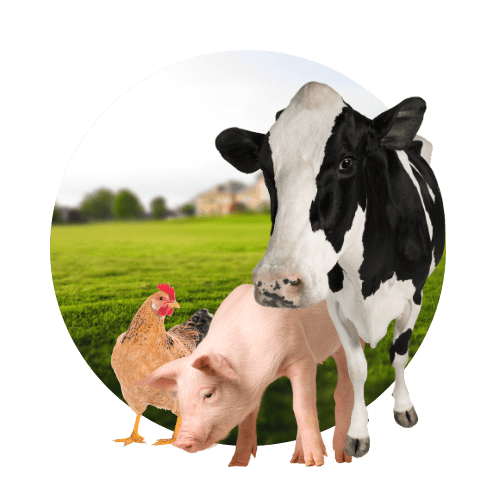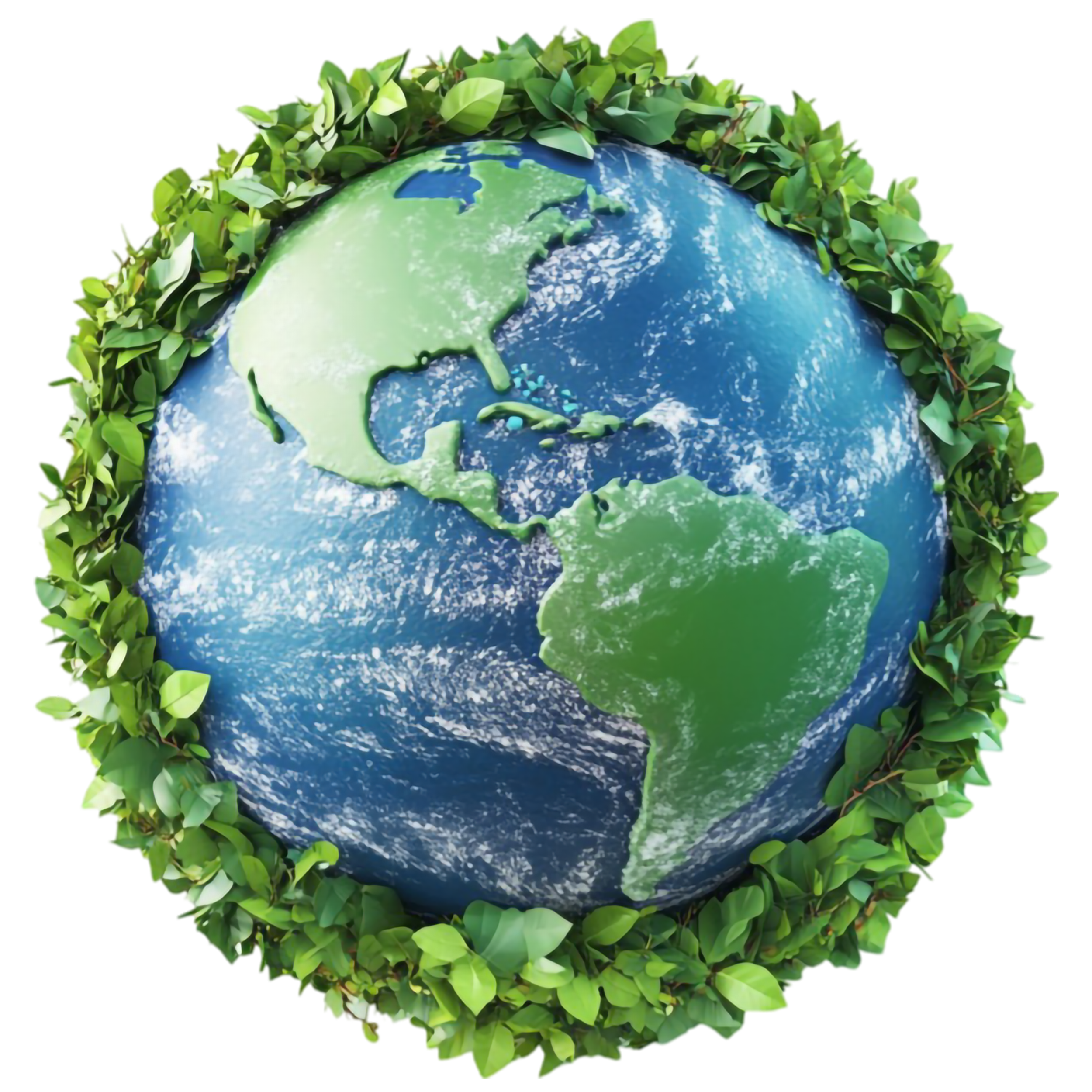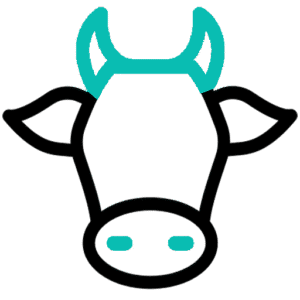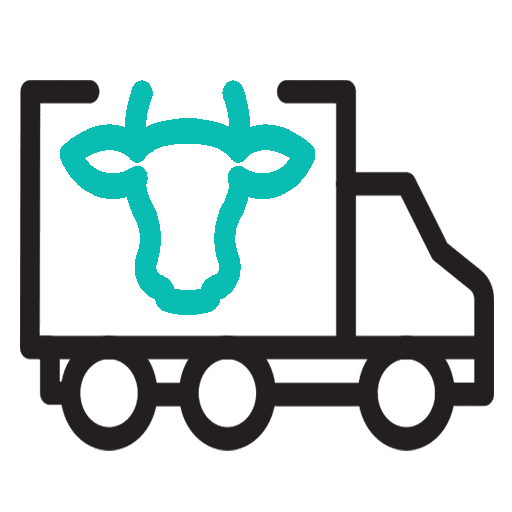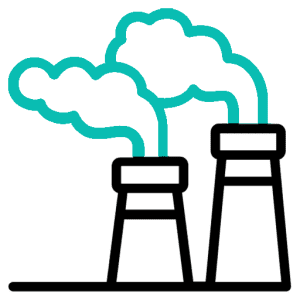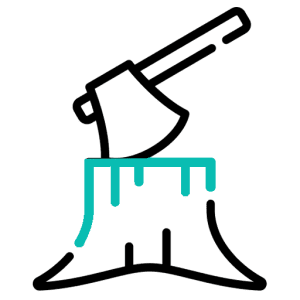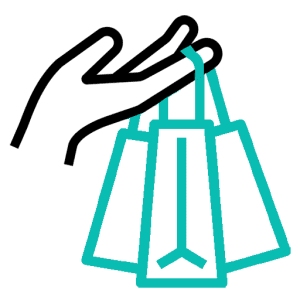Degradacja gleby stanowi coraz większy problem w przemyśle rolniczym, a jednym z głównych czynników przyczyniających się do tego problemu jest wykorzystywanie produktów pochodzenia zwierzęcego. Od obornika po paszę dla zwierząt, produkty te mają znaczący wpływ na zdrowie gleby. W tym poście zbadamy, w jaki sposób produkty pochodzenia zwierzęcego przyczyniają się do degradacji gleby i omówimy zrównoważone praktyki, które mogą pomóc złagodzić te skutki.

Wpływ produktów pochodzenia zwierzęcego na zdrowie gleby
Produkty pochodzenia zwierzęcego, takie jak obornik, mogą prowadzić do degradacji gleby poprzez wprowadzenie do niej nadmiaru składników odżywczych.
Stosowanie paszy dla zwierząt może przyczynić się do degradacji gleby poprzez zwiększenie zapotrzebowania na grunty i prowadząc do wylesiania i utraty siedlisk.
Wypas zwierząt może skutkować nadmiernym wypasem i zagęszczeniem gleby, co może pogorszyć jej stan zdrowia i przyczynić się do degradacji.
Przyczyny degradacji gleby przez produkty pochodzenia zwierzęcego
Intensywne wykorzystanie produktów pochodzenia zwierzęcego, na przykład w hodowli drobiu lub przemysłowej hodowli zwierząt, może generować duże ilości odpadów zanieczyszczających glebę i wodę.
Produkty pochodzenia zwierzęcego mogą zawierać antybiotyki i hormony, które mogą przedostawać się do gleby i wpływać na mikroorganizmy glebowe oraz ogólny stan gleby.
Stosowanie nawozów sztucznych i pestycydów w produkcji produktów pochodzenia zwierzęcego może wprowadzić do gleby szkodliwe chemikalia, prowadząc do degradacji.
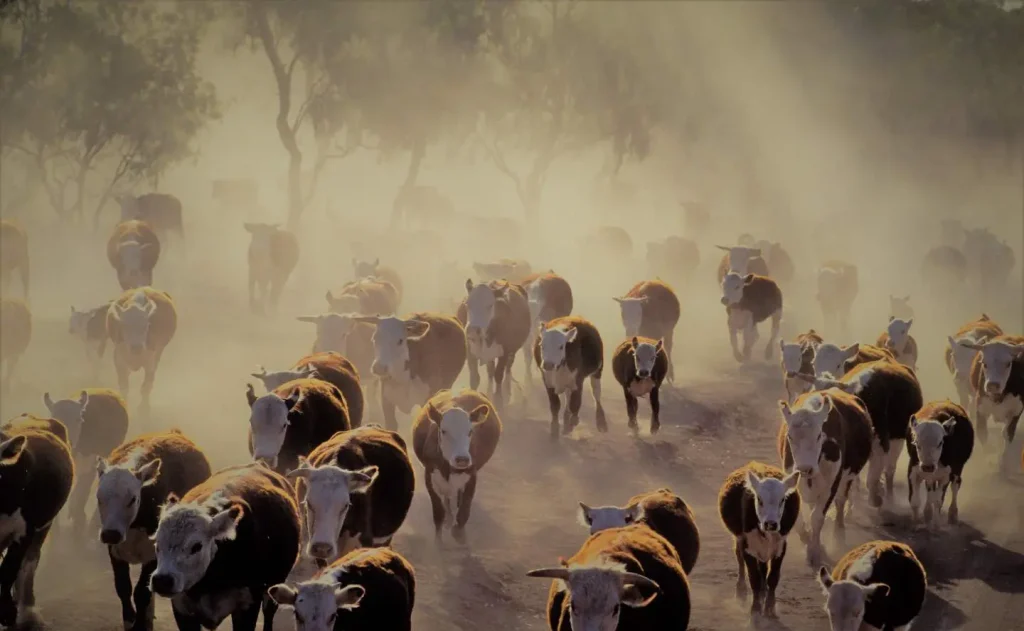
Nadmierny wypas i utrata szaty roślinnej
Jednym z głównych sposobów, w jaki hodowla zwierząt szkodzi glebie, jest nadmierny wypas. Zwierzęta gospodarskie, takie jak bydło, owce i kozy, zjadają duże ilości roślinności w systemach wypasu. Kiedy na określonym obszarze pasie się zbyt wiele zwierząt, naturalna szata roślinna zostaje usunięta, pozostawiając odkrytą glebę. Brak roślinności sprawia, że gleba jest bardziej podatna na erozję wodną i wietrzną. Trawa i inna roślinność działają jak naturalne bariery chroniące glebę przed siłami natury; bez tych barier ochronnych gleba jest znacznie bardziej podatna na wymycie lub wywiewanie.
Gleby nadmiernie wypasane tracą zdolność zatrzymywania wilgoci, co dodatkowo pogłębia erozję, a w skrajnych przypadkach prowadzi do pustynnienia. Gdy gleba zostanie zdegradowana do tego stopnia, traci żyzność, co utrudnia utrzymanie ekosystemów rolniczych i naturalnych. Ponadto pustynnienie przyczynia się do zmiany klimatu, uwalniając zmagazynowany węgiel z gleby do atmosfery, co pogarsza globalne ocieplenie.
Negatywny wpływ odchodów zwierzęcych na jakość gleby
Innym znaczącym sposobem, w jaki produkty pochodzenia zwierzęcego prowadzą do degradacji gleby, jest gospodarowanie odpadami zwierzęcymi. Obornik jest powszechnie stosowany jako naturalny nawóz, dostarczający gruntom rolnym azot i fosfor. Jednakże nadmierne stosowanie obornika – czy to w wyniku nadprodukcji zwierząt gospodarskich, czy niewłaściwego gospodarowania odpadami – może prowadzić do spływu składników odżywczych. Spływ ten przedostaje się do pobliskich rzek, jezior i dróg wodnych, powodując zanieczyszczenie wody i negatywnie wpływając na ekosystemy wodne. Ponadto wyczerpuje glebę w niezbędne składniki odżywcze, zmniejszając jej żyzność.
Kiedy odpady przedostają się do gleby bez odpowiedniego oczyszczenia, powodują brak równowagi poprzez przeciążanie gleby określonymi składnikami odżywczymi, takimi jak azot i fosfor. Ta nierównowaga szkodzi zdrowiu gleby, zmieniając jej skład, zmniejszając jej zdolność do zatrzymywania wody i hamując wzrost rodzimych gatunków roślin. Skutki te zmniejszają produktywność gleby i w dłuższej perspektywie zagrażają plonom rolnym.
Monokulturowe uprawy paszowe i zubożenie gleby
Hodowla zwierząt opiera się w dużej mierze na uprawach paszowych, aby utrzymać populację zwierząt gospodarskich. Uprawy takie jak kukurydza, soja i pszenica są uprawiane na ogromną skalę, aby zapewnić niezbędną paszę do produkcji mięsa i nabiału. Jednakże te rośliny pastewne są często uprawiane w ramach monokultury, czyli metody polegającej na uprawie jednej rośliny na dużym obszarze. Monokultury są szczególnie szkodliwe dla zdrowia gleby, ponieważ z biegiem czasu pozbawiają ją niezbędnych składników odżywczych.
Jeśli wielokrotnie sadzi się tylko jeden rodzaj roślin, gleba staje się mniej różnorodna biologicznie i traci zdolność do utrzymywania naturalnych cykli składników odżywczych. Prowadzi to do uzależnienia od nawozów syntetycznych, które w przypadku nadmiernego stosowania mogą jeszcze bardziej pogorszyć jakość gleby. Co więcej, brak różnorodności upraw osłabia zdolność gleby do przeciwstawiania się szkodnikom, chorobom i zmianom środowiskowym, czyniąc glebę bardziej podatną na degradację.




